 Tools for Uncovering the Human Geography of Pollution
Tools for Uncovering the Human Geography of Pollution
by Jenny Lovell and Dawn Krenz
Environmental Justice (EJ) describes the trend of environmental impacts disproportionately affecting minority communities. It is a great subject to get students engaged about their neighborhoods and health. The Toxics Movement is closely related to EJ and shares the common interest of all people having the right to a clean and healthy environment.
Students learn: 1) How to look up public census data, 2) How to find toxic sites in their neighborhood, 3) How to formulate a testable question regarding census data and toxic sites, 4) How to synthesize data and draw conclusions that answer their questions, and 5) The key components of presenting a social science project to an audience.
Docs: fulltext.docx presentation.pptx activity.docx checklist.docx
Keywords: argument, cause, communication, data, environmental justice, mapping, questions, toxic sites

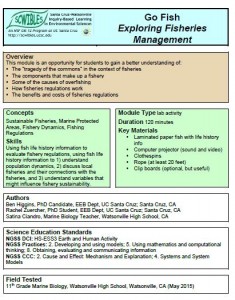
 Collecting, Graphing, and Interpreting Exit Poll Data
Collecting, Graphing, and Interpreting Exit Poll Data
 Measuring Your Response to Exercise
Measuring Your Response to Exercise 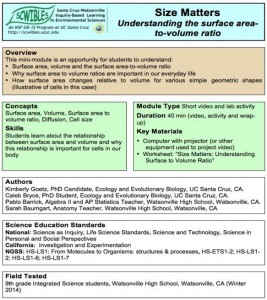 Understanding the Surface Area-to-Volume Ratio
Understanding the Surface Area-to-Volume Ratio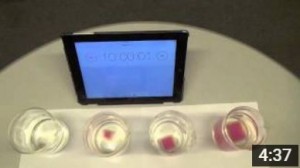
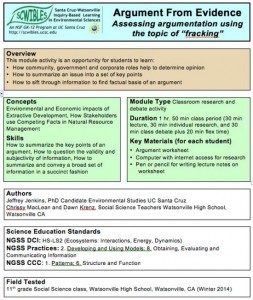
 Sustainably Managing a Common Pool Resource
Sustainably Managing a Common Pool Resource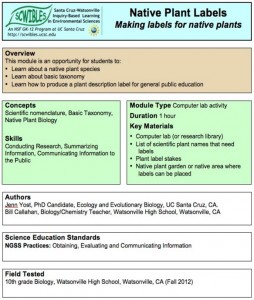 Making Labels for Native Plants
Making Labels for Native Plants
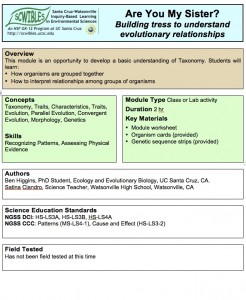


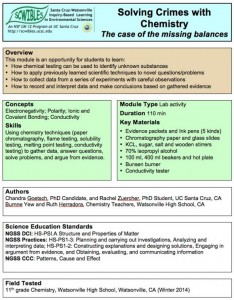
 Using Paper Chromatography to Understand Polarity
Using Paper Chromatography to Understand Polarity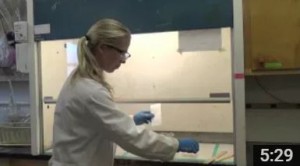
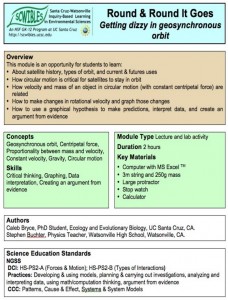
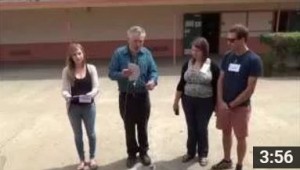
 The Impact of Slope and Substrate on Water Flow Speed
The Impact of Slope and Substrate on Water Flow Speed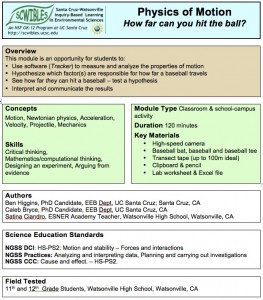
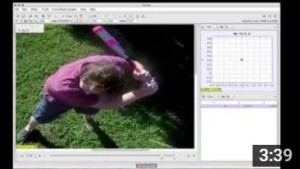
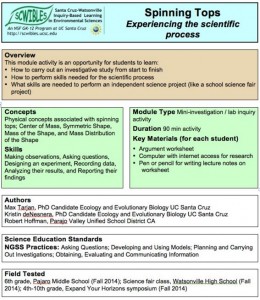
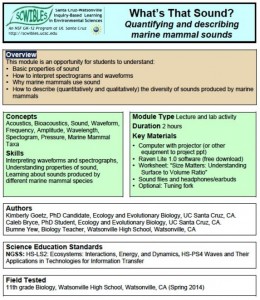
 Assessing Biodiversity Using a School Garden
Assessing Biodiversity Using a School Garden Exploring Trends Across the Periodic Table
Exploring Trends Across the Periodic Table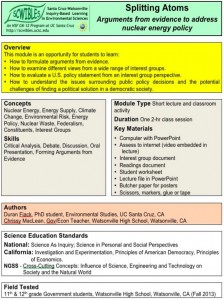 Arguments From Evidence to Address Nuclear Energy Policy
Arguments From Evidence to Address Nuclear Energy Policy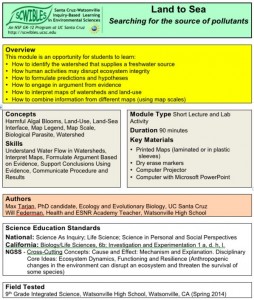
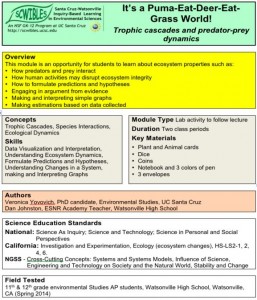
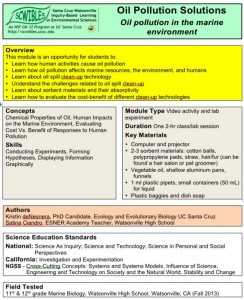
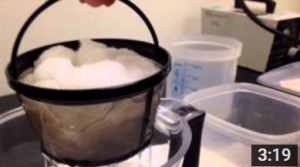
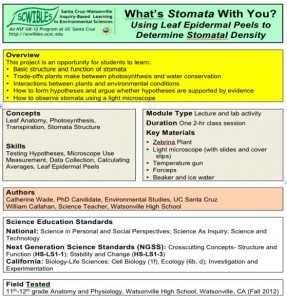 Using Leaf Epidermal Peels to Determine Stomatal Density
Using Leaf Epidermal Peels to Determine Stomatal Density
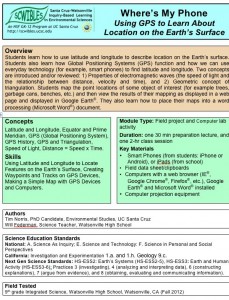
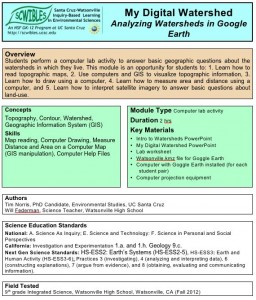
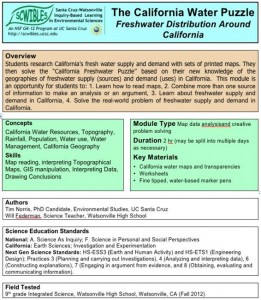 Freshwater Distribution Around California
Freshwater Distribution Around California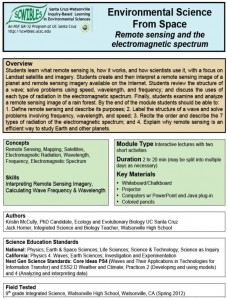


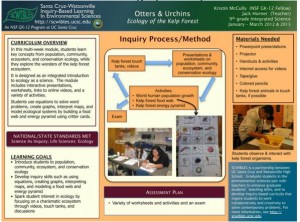

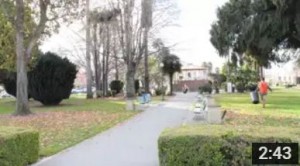
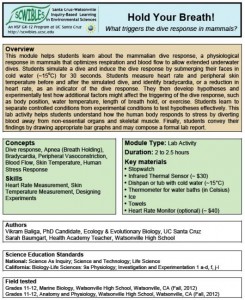
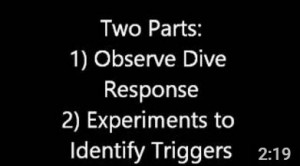
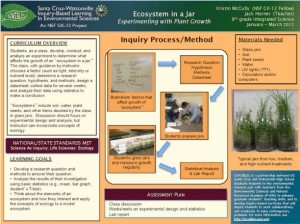 Experimenting With Plant Growth
Experimenting With Plant Growth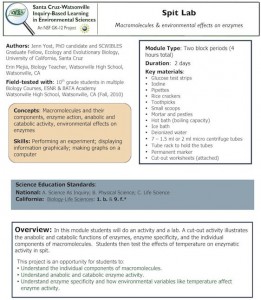
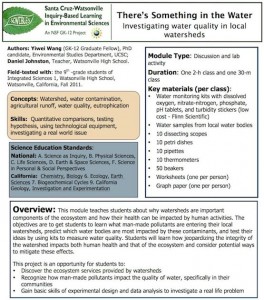

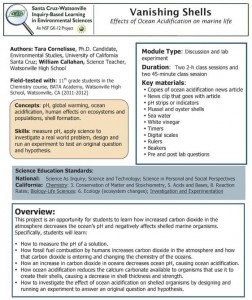
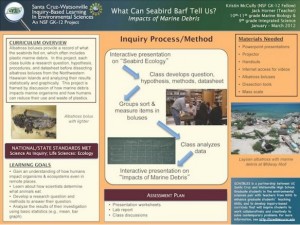
 Rock cycle and igneous rock formation
Rock cycle and igneous rock formation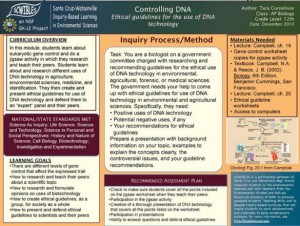
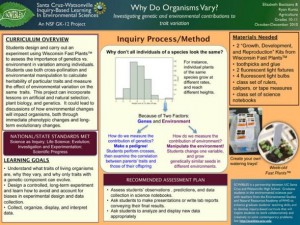
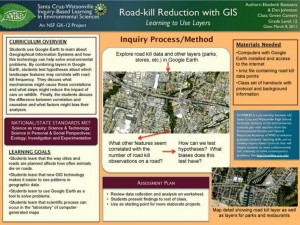
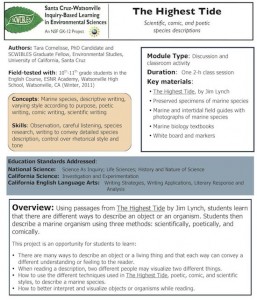
 Scientific Drawing
Scientific Drawing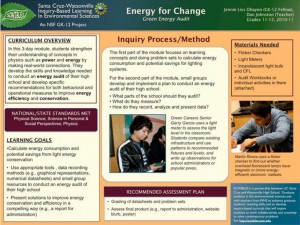 Green Energy Audit
Green Energy Audit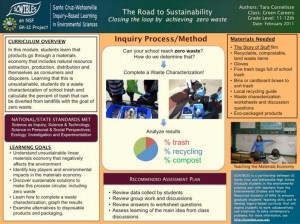
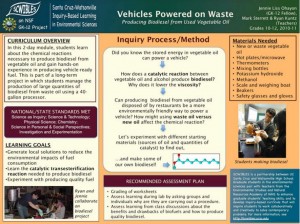
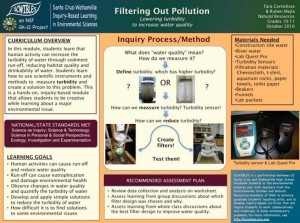 Lowering Turbidity to Increase Water Quality
Lowering Turbidity to Increase Water Quality